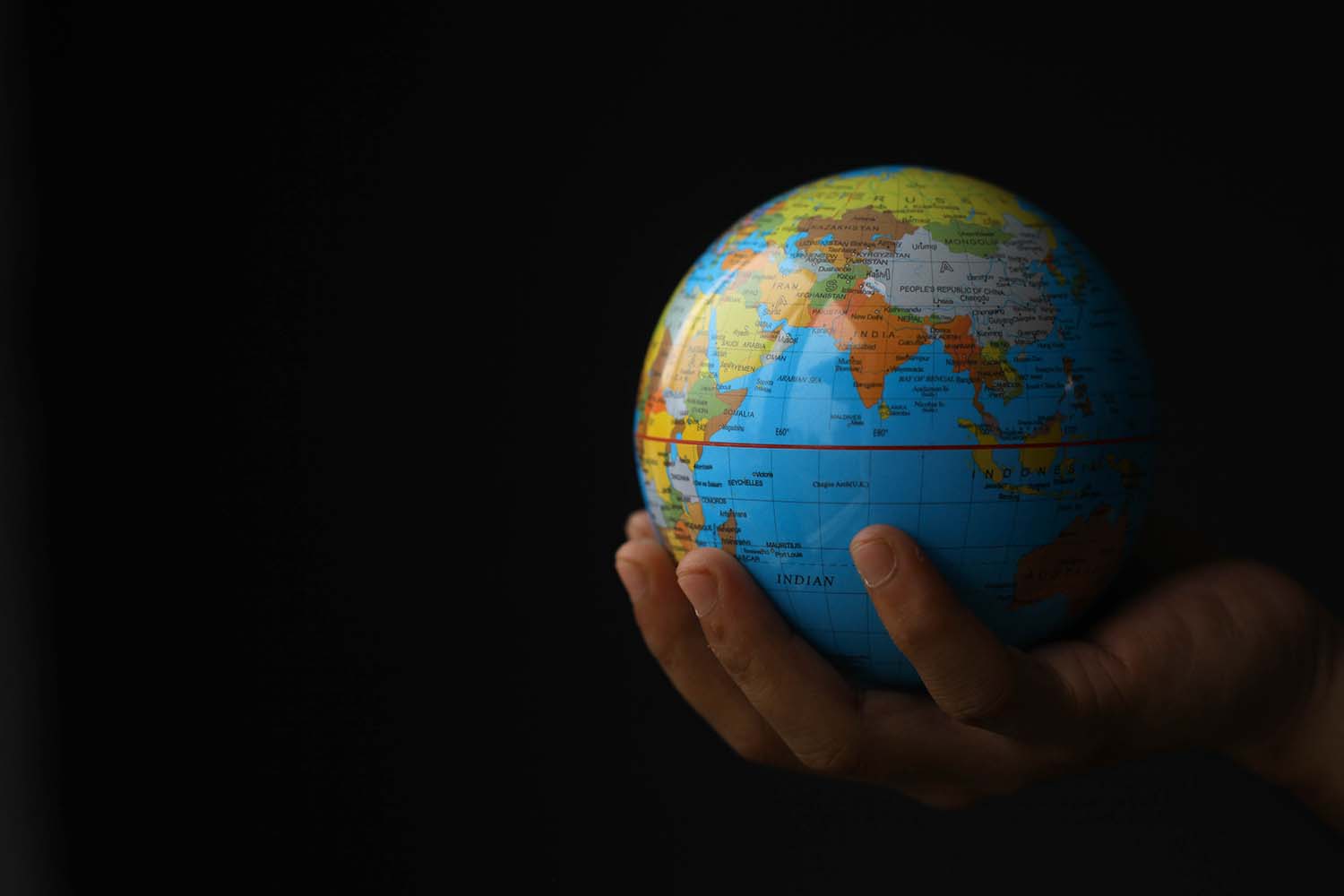
Feb 07, 2024 Market Commentary | Lost at Sea: Challenges to Globalism
Integration of the global economy has led to societal benefits for centuries. It allows for the specialization and scale involving everything from silk to wine, tv screens to leather shoes. It allows for capital to flow to the area it is best utilized, and the optimization of labor productivity across the globe. Global economic integration is the reason consumerism exists and why standard of living is constantly on the rise. It is how emerging markets become developed nations. It also leads to some countries taking advantage of others, and when the going gets tough, countries implement policies to protect their citizens and industries at the cost of the global economy. This is not a new phenomenon; For centuries, the pendulum has swung back and forth between globalism and nationalism. Since the end of WWII, that pendulum has been in swing towards globalism, as evidenced by treaties like NAFTA, the establishment of the Eurozone, and China’s One Belt Initiative. It’s hard to pinpoint the exact moment when, but sometime around a decade ago, the pendulum began to swing back. Nationalism was on the rise again - Brexit, the trade war with China, the election of Donald Trump and his subsequent tariff policies (this is not political – the Biden administration has kept all these popular policies in place and expanded them further), the election of nationalist leaders everywhere from Brazil to Japan, Slovakia to Argentina, etc. Geopolitical tensions have also been rising, and the existing conflicts in Ukraine, Israel, and Palestine are now joined by the crisis in the Red Sea. Furthermore, the pandemic highlighted the vulnerabilities of the global supply chain.
Everywhere you look, there are signs that countries are trying to protect their own, and these efforts are being accelerated by concerns around security, energy reliance, and a slowdown of global growth. In Europe, countries are increasing military spending, ordering more F-35s, and bulking up. They have also been trying to achieve energy independence after the conflict in Ukraine highlighted their reliance on Russian gas. In China, the real estate bubble has burst, and its largest developer (Evergrande) went into bankruptcy. Current signals seem to indicate that international investors will not get anything out of Evergrande, and Chinese markets are trading at their lowest level in 20 years. In the US, the focus is on the future – artificial intelligence and the semiconductors that are needed for it. Per NIST, only 10% of global commercial semiconductor production is in the US. Enter the CHIPS Act, which provides direct funding from the US government to onshore business. Domestic companies have already announced a few multi-billion-dollar facilities that aim to skyrocket domestic microchip production. Onshoring of production is just beginning, and it may lead to our next industrial revolution. All these events temporarily benefit the local nation but hurt the global economy. Per Bloomberg, global trade fell 5% in 2023, a trend that economists expect to further deteriorate in 2024.
The Suez Canal is about 200 meters wide, connects the Red Sea to the Mediterranean Sea, and accounts for $1 trillion of goods transportation annually (12% of global trade). In October 2023, a small conflict broke out in the Red Sea that, by December, escalated into crisis. The Suez Canal is now in the middle of a warzone, halting the passage of cargo ships and imposing high time and fuel costs on companies which attempt to reroute. Given that the Suez Canal enclosed by two giant continents, ships are making lengthy detours around the Cape of Good Hope which require an extra 3,500 nautical miles, 10-12 days, and $1 million dollars in fuel (BBC). The cost of shipping a standard 40-foot container from Asia to northern Europe has surged from less than $1,500 in mid-December to nearly $5,500 (per CNBC). Unsurprisingly, four of the five largest shipping firms have diverted or altogether suspended Red Sea operations.
So, what does this all mean in the world of investments? For investors that are looking for guidance between domestic/international equity allocations and allocations to specific sectors/subsectors, we would recommend:
- For US investors, increase the tilt to US assets. Diversification is still important, and while there are great growth opportunities in areas like India, potential nationalist policy is likely to be disadvantageous to foreign investors.
- Increase exposure to US industrial companies. US Policy is shifting to make US industrial manufacturing more competitive via onshoring and nearshoring. Defense companies also stand to benefit from the current state of affairs.
- Increase exposure to the energy sector. We believe are hitting the second leg of a commodity supercycle. Maritime transport accounts for 80% of the global movement of goods, and wars make oil more expensive.
- Stay patient around interest rate positioning. Inflation has come down significantly, but the current conflicts may cause upward pressure. If we see inflation tick up, the Fed is not going to cut rates the 5-6 times that the current market predicts.
As always, please don’t hesitate to reach out to your financial advisor with questions or concerns.
PM-08072025-6378146.1.1
